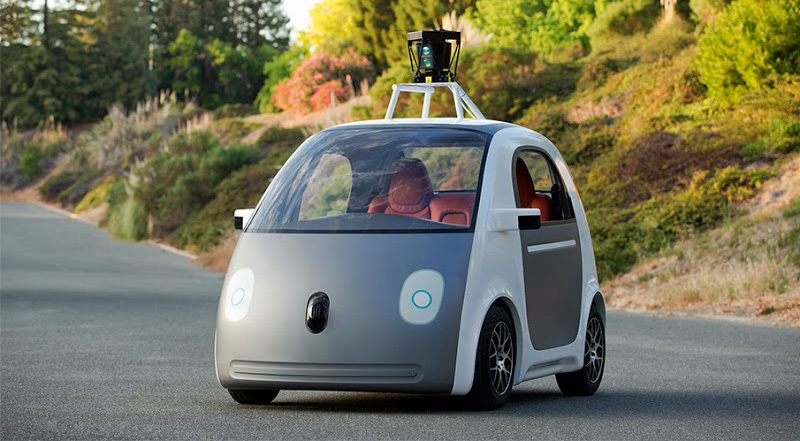Could it be more instructive to research how fully autonomous cars like Google's function, instead of focusing solely on the Tesla Model S? The Models S has 'autopilot' features that are only intended to assist a fully engaged driver. It's clear with this controversial Model S fatality, the driver was expecting more of the 'autopilot' feature than Tesla intended. While Tesla is working toward fully autonomous, as are many automakers, I don't get the sense Tesla is leading the way technically (even though they seem to be marketing/promoting more than others).
Thank you!
I have been trying to compare Google's approach throughout the thread, and that just did not catch people's attention (that's why politicians know to keep repeating something about 100 times before people get their message).
The LA article is good in comparing the two companies' philosophies. But let me add a bit of technical info for the curious.
Basically, Google has a far superior sensor in the Lidar. Being a laser beam, it can pinpoint distances to obstacles along very narrow lines of sight, unlike a radar beam which would need a rotating dish like the aircraft tracking ones for precise tracking (not something like the Tesla's radar that cannot tell a semi from an overhead highway sign).
They then use the vision camera to look at the objects and try to identify them. They try to track all objects around the car, and for moving vehicles try to see if their paths would intersect with their own. They would not miss the semi-trailer crossing in front of them.
So, why is Google not yet releasing their software? It's because they want to build a true autonomous car, one that needs no steering wheel. For that, the job becomes much much tougher, as they need to watch out for everything that can go wrong. They need to drive around obtacles, read hand gestures of policemen and construction workers directing traffic. They need to read street signs, temporary construction signs. Can their lidar detect pot holes for example? I saw some examples of the lidar scan, and I was still dubious because the step curbs of perhaps 5" were barely visible.
They know they are not ready. When will they be? They say soon, but I am still a bit skeptical. Their software is very impressive though.
By the way, as I repeatedly pointed out, the current lidar is an expensive dome ($75K initially) that sits on top of the car. Tesla owners who want a sleek looking car would not care for it.
PS. When I was still working, there were companies looking to use laser beams in helicopters for wire detection (a chopper rotor getting tangled in wires or power lines is very bad news). They reported that the laser worked well to detect old and dull wires which scattered the laser back to the emitter. A new shiny wire would reflect the beam like a mirror (not scattering), and the reflected beam would not hit the receptor. So, shiny objects are invisible to the lidar.
I do not know how this problem is solved with current lidars. What I told happened 25 years ago, but it's hard to cheat the laws of physics.


